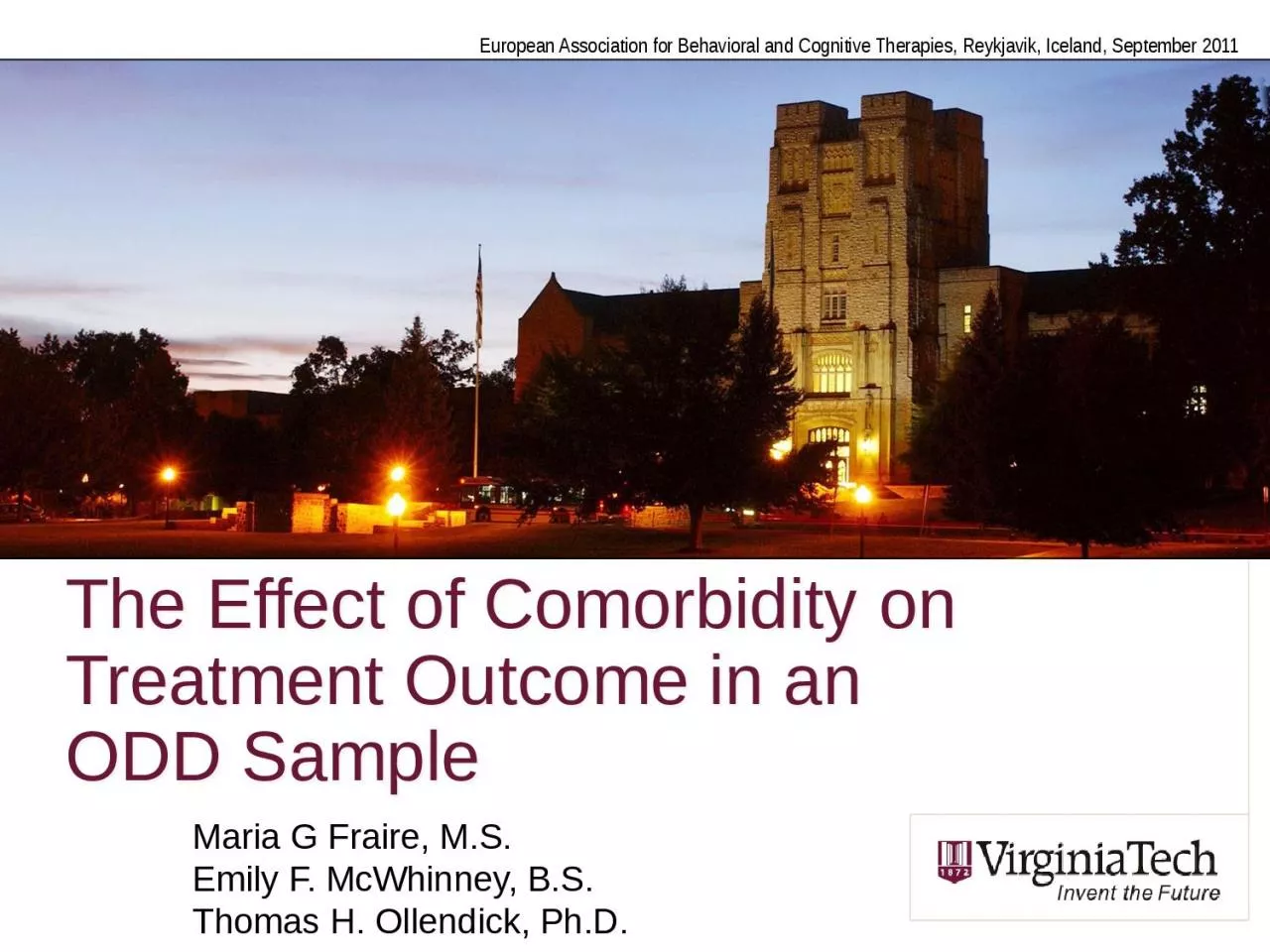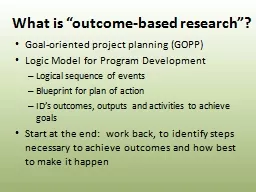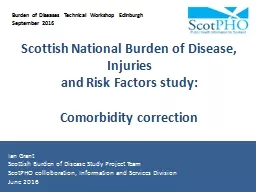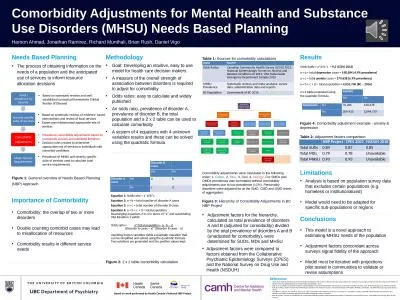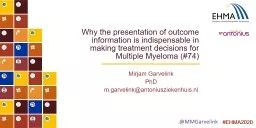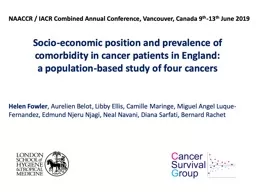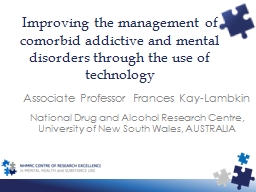PPT-The Effect of Comorbidity on Treatment Outcome in an
Author : anderson | Published Date : 2024-02-03
ODD Sample European Association for Behavioral and Cognitive Therapies Reykjavik Iceland September 2011 Maria G Fraire MS Emily F McWhinney BS Thomas H Ollendick
Presentation Embed Code
Download Presentation
Download Presentation The PPT/PDF document "The Effect of Comorbidity on Treatment O..." is the property of its rightful owner. Permission is granted to download and print the materials on this website for personal, non-commercial use only, and to display it on your personal computer provided you do not modify the materials and that you retain all copyright notices contained in the materials. By downloading content from our website, you accept the terms of this agreement.
The Effect of Comorbidity on Treatment Outcome in an: Transcript
ODD Sample European Association for Behavioral and Cognitive Therapies Reykjavik Iceland September 2011 Maria G Fraire MS Emily F McWhinney BS Thomas H Ollendick PhD ODD Anxiety and Comorbidity. When Grading Strength of Evidence. Presenters:. Nancy . Santesso. , RD, MLIS, McMaster University. Nancy Berkman, PhD, RTI International . Background. Systematic . reviewers . need to . provide clear judgments about the . Goal-oriented project planning (GOPP). Logic Model for Program Development. Logical sequence of events. Blueprint for plan of action. ID’s outcomes, outputs and activities to achieve goals. Start at the end: work back, to identify steps necessary to achieve outcomes and how best to make it happen. Maastricht, The Netherlands 29 September 2016. Atlanta. , Georgia, . USA . 27 . October 2016. Agenda. Introduction to outcome harvesting principles in practice, R. Wilson-. Grau. , Brazil (20 mins). Harvesting outcomes from a global network dedicated to improving the life of vulnerable children worldwide, . and Risk Factors study:. . Comorbidity. correction. Ian Grant. Scottish Burden of Disease Study Project Team. ScotPHO. . colloboration. , Information and Services Division. June 2016. Burden of Diseases Technical Workshop Edinburgh September 2016. Comorbidity adjustments were calculated in the following order: 1. . Green. , 2. . Blue. , 3. . Red. , 4. . Orange. . For SMDs and OMDs prevalence was summated without comorbidity adjustments due to low prevalence (<1%). Personality disorders were adjusted for at the SMD, CMD and OMD levels of aggregation.. Myeloma (#74). Mirjam Garvelink. PhD. m.garvelink@antoniusziekenhuis.nl. @. MMGarvelink. #EHMA2020. Mr. K has MM. @. MMGarvelink. #EHMA2020. Shared . Decision. Making (SDM). SDM. @. MMGarvelink. Value . th. -13. th. June 2019. Socio-economic position and prevalence of comorbidity in cancer patients in England:. a population-based study of four cancers . Helen Fowler. , . Aurelien. . Belot. , Libby Ellis, Camille . The Impact of Different SEERMedicare Claims-based Comorbidity Indexes on Predicting Non Authors Margaret R. Stedman, PhD 1,2; Paul DoriaRose, PhD; Joan L. Warren, PhD ; Angela Mariotto, PhD 2 1 Sta Associate Professor Frances Kay-Lambkin. National Drug and Alcohol Research Centre, University of New South Wales, AUSTRALIA. Funding declarations. National Health and Medical Research Council (project grant, fellowship support, Centre for Research Excellence).. Dr. Sonalika’s Eye Clinic provide the best Glaucoma treatment in Pune, Hadapsar, Amanora, Magarpatta, Mundhwa, Kharadi Rd, Viman Nagar, Wagholi, and Wadgaon Sheri Dr. Sonalika’s Eye Clinic provide the best Corneal disease treatment in Pune, Hadapsar, Amanora, Magarpatta, Mundhwa, Kharadi Rd, Viman Nagar, Wagholi, and Wadgaon Sheri Dr. Sonalika’s Eye Clinic provide the best Low vision aids treatment in Pune, Hadapsar, Amanora, Magarpatta, Mundhwa, Kharadi Rd, Viman Nagar, Wagholi, and Wadgaon Sheri Dr. Sonalika’s Eye Clinic provide the best Ocular trauma treatment in Pune, Hadapsar, Amanora, Magarpatta, Mundhwa, Kharadi Rd, Viman Nagar, Wagholi, and Wadgaon Sheri Dr. Sonalika’s Eye Clinic provide the best Phaco surgery treatment in Pune, Hadapsar, Amanora, Magarpatta, Mundhwa, Kharadi Rd, Viman Nagar, Wagholi, and Wadgaon Sheri
Download Document
Here is the link to download the presentation.
"The Effect of Comorbidity on Treatment Outcome in an"The content belongs to its owner. You may download and print it for personal use, without modification, and keep all copyright notices. By downloading, you agree to these terms.
Related Documents

